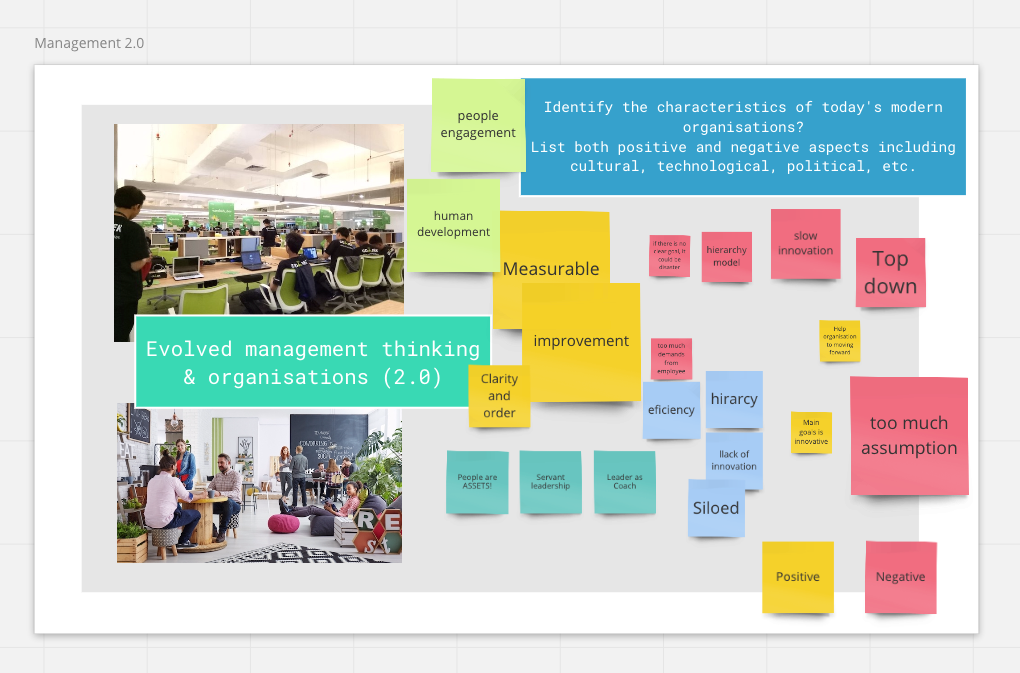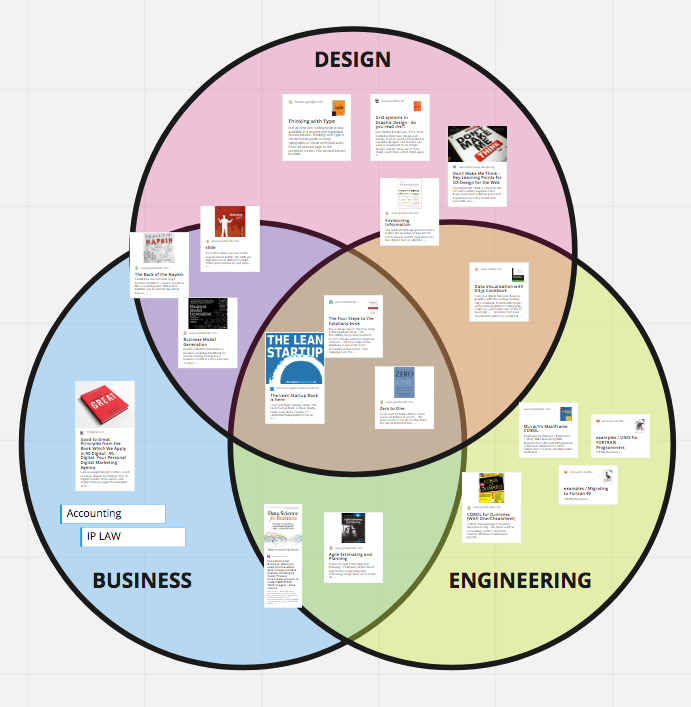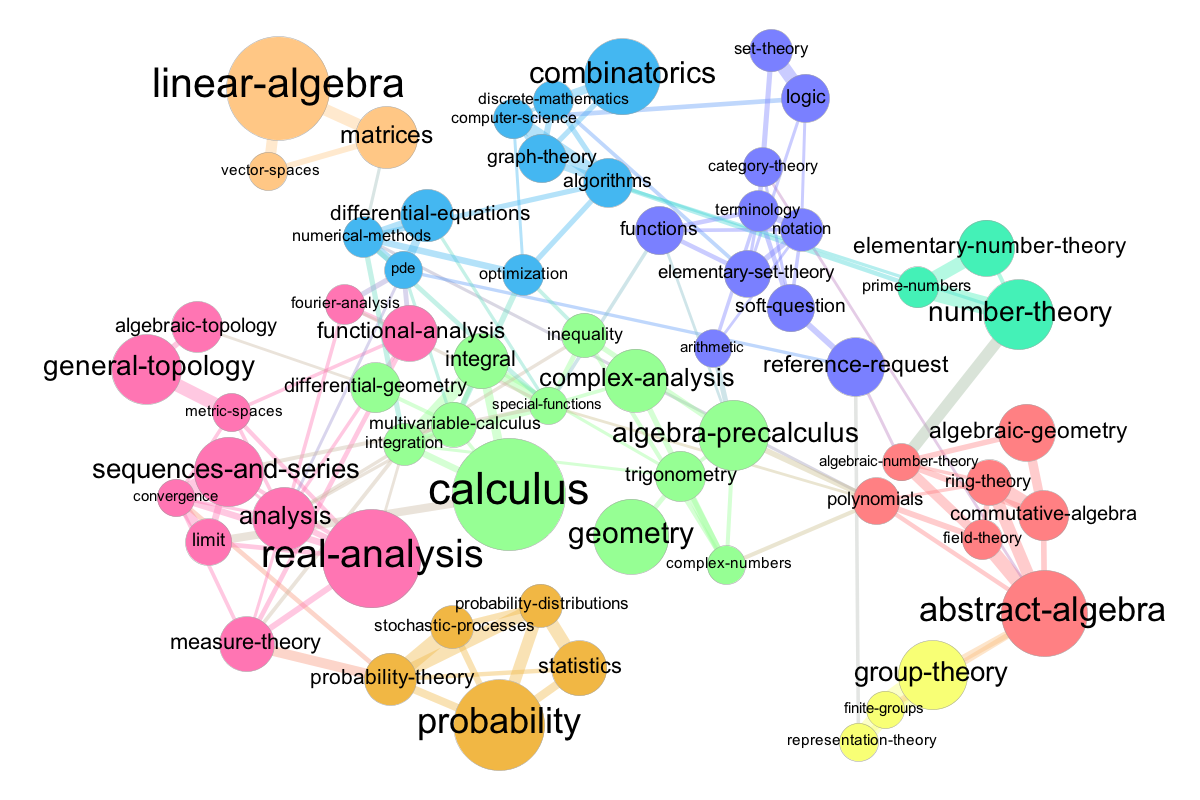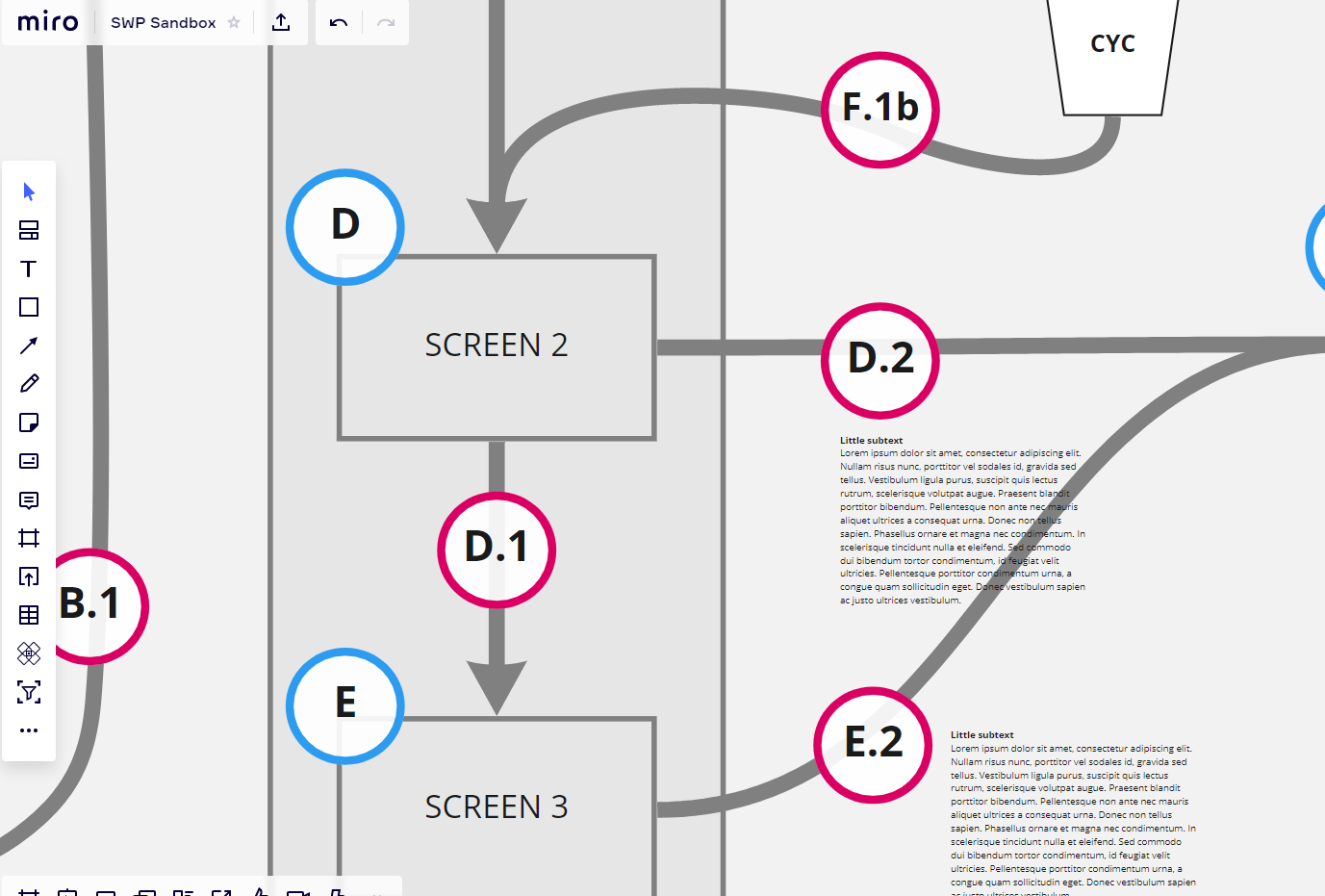

Using Miro, level designers, writers, artists and others were able to start planning together. Gradually, momentum appears as a whisper, if you're paying attention. How big is the world? What are the biomes and depth levels? Which loot is found where? Where does the player start? Which areas are navigable by which vehicles? These questions are so paralyzing as to cause fear and anxiety in the most seasoned level designers.īut when you can connect people from different disciplines all together to start "sketching" things out, anxiety slowly recedes. When the team got started making Subnautica: Below Zero, one of the biggest chicken-and-egg problems (more on this soon) was the world layout. So this week I thought I'd try something different and just show some of the practical everyday ways I've been using it. As our team has started to use it, it's taken over as the default creative tool we use. The thing that surprised me is just how great it is for non-collaborative creative work, ie: ideation, inspiration, brainstorming, systems systems, user interfaces and even making fully printable board game prototypes. You can see each others mouse cursors moving around in real-time, it's a bit spooky the first time you try it.

You can place and edit text, images, videos, buttons, arrows, and about a million other things on an infinite whiteboard along with as many friends as you like. Miro is an online collaborative whiteboard. And that day to day for me these days contains a whole lot of Miro. Something shorter and perhaps more practical that isn't theory, but helps with the day to day grind of game design (you gotta love it). So before I go back to my own little box, I figured I would something different to see if it sticks. Is anyone reading? Is this stuff helpful, or just too basic (or too theoretical)? Also, is it even possible to constructively write or talk about system design? Most of the time I just feel like Danc tweeted today, about a common misunderstanding of game designers: At the end of a session, users can export their boards as PDFs or image files and post to social media pages, or embed onto websites or blogs.I'm never sure if any of my posts are landing with anyone. Any changes that are made to a whiteboard occur in real-time. Users are encouraged to comment on the updates made by their teammates. There are a number of collaboration tools, that allow teams to share concepts and ideas. Of course, a whiteboard is really only useful when it’s shared.

Users can quickly upload pictures, PDFs and Office files, videos (from YouTube or Vimeo), and documents from Google Drive, and they can place those files directly on their boards. Unlike traditional whiteboards, these boards are set up to support digital files. Each user can create sticky notes and add links. The platform allows users to draw and write on their own boards. Key Features of Miro:Īlthough you may be thinking that a virtual whiteboard isn’t very exciting, then let me explain some of the powerful features that make Miro so impressive. Miro is suited to anyone that needs to collaborate visually individuals, teams, educational groups, and even large organisations. A whiteboard can be used for all sorts of purposes, from organizing workflows to brainstorming ideas and even managing basic tasks in a visual way. As a solution allows groups to create“endless” whiteboards online.

For this reason, a virtual whiteboard that allows people to collaborate must be worth at least a million. A picture is worth a thousand words, so the saying goes.


 0 kommentar(er)
0 kommentar(er)
